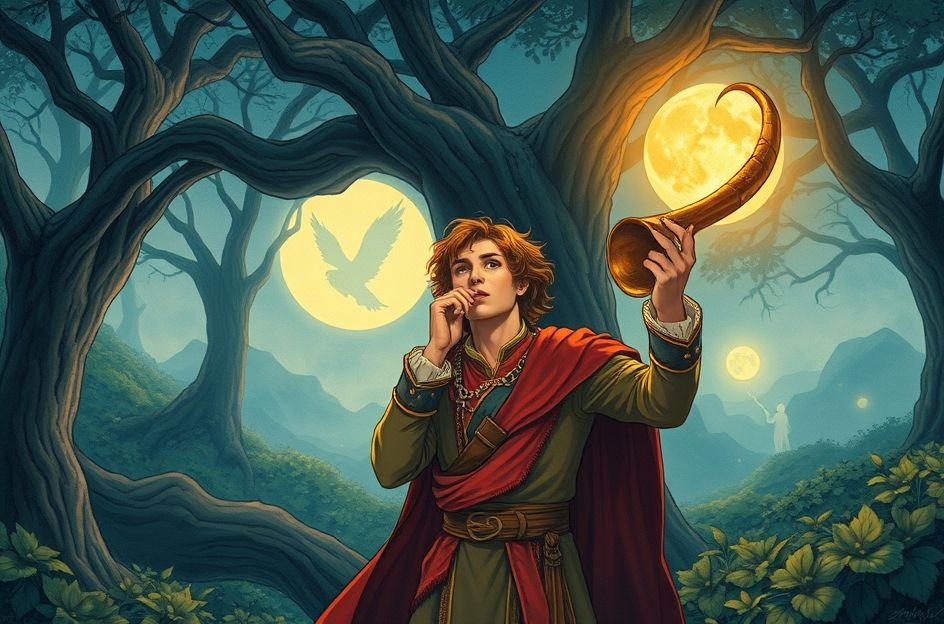C.S. Lewis’s Chronicles of Narnia encompass seven captivating books, a series that begins with “The Magician’s Nephew” and includes the widely popular “The Lion, the Witch and the Wardrobe.” “Prince Caspian” continues the adventure, plunging readers back into the enchanting world of Narnia.
The story unfolds roughly a year after the Pevensie siblings—Peter, Edmund, Susan, and Lucy—return to England. While waiting for their trains to boarding school, they are mysteriously transported back to Narnia. They soon discover that centuries have passed in Narnian time, and the land is vastly different.
Simultaneously, we are introduced to Prince Caspian, the rightful heir to the Narnian throne. Facing imminent danger from his usurping uncle, Miraz, Caspian flees into the forest. There, he encounters the “Old Narnians” – talking creatures and dwarves – who pledge their loyalty to him. Caspian resolves to challenge Miraz’s claim to the throne and restore Narnia to its former glory.
As the conflict escalates, Caspian’s forces find themselves besieged at Aslan’s How, a sacred hill erected over the Stone Table from “The Lion, the Witch, and the Wardrobe”. With their situation growing desperate, Caspian uses Queen Susan’s Horn, a magical artifact, to call for aid.
Without revealing too much of the plot, the narrative skillfully weaves together these two storylines. The book features thrilling battles, including a pivotal duel, and culminates in a joyous celebration. Lewis masterfully portrays the Pevensie children’s transformation as they rediscover their roles as Kings and Queens of Narnia.
“Prince Caspian,” for me, stands out as one of the strongest books in the series, alongside “The Lion, the Witch, and the Wardrobe” and “The Magician’s Nephew.” It revisits some of the earlier themes but enriches the narrative by framing the events of the first book as legendary tales, adding depth and intrigue to the unfolding story.
